A fireplace makes a room warm, literally and metaphorically. The fireplace is a focal point whether the fire is on or off. Adding a custom fireplace surround makes the focal point distinct and showcases the owner’s taste and creativity.
Among the many ways you can customize a fireplace surround is by adding stones. A stone fireplace surround makes your fireplace durable, giving it a distinct look and increasing your home’s value. Furthermore, a stone fireplace surround allows you to be consistent with your design if you have used stone on any other surfaces in your home.
If you are searching for the best stone for your fireplace surround, you have come to the right place. In this article, we shall dive deep into the type of stones you can use for a fireplace surround, including their pros and cons. Additionally, we shall highlight what you should consider before choosing a stone to use on your surround.
Types of stones that can be used
Generally, fireplace stone options include natural stone, Stone veneer, and stucco. But of all the stone options available, natural stone is a standout option for a fireplace surround for a number of reasons.
Why natural stones?
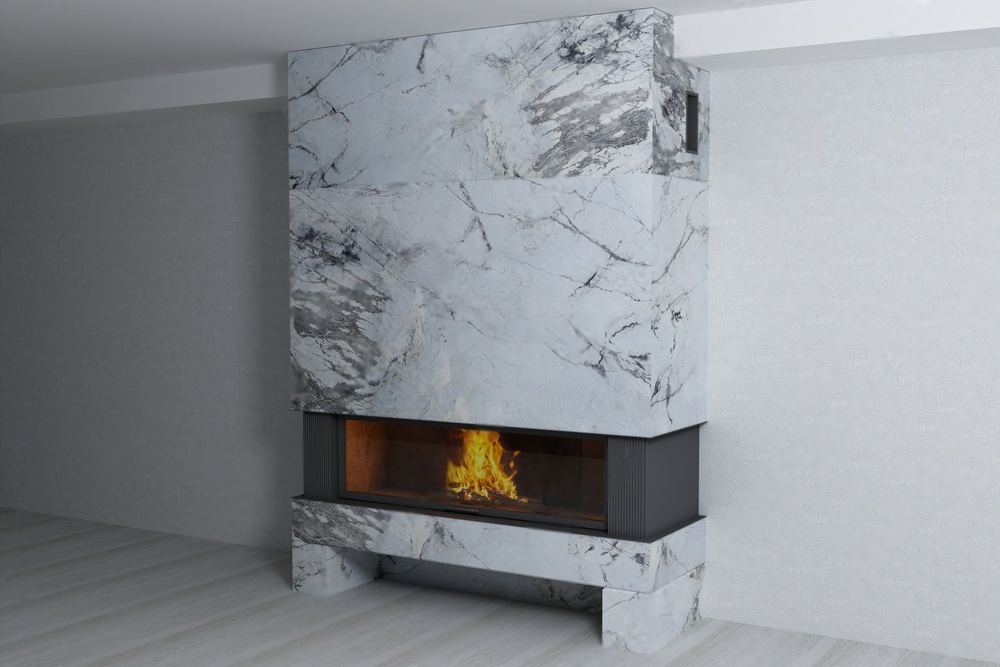
First off, because of the visual appeal and versatility it offers. Natural stone comes in different colors, textures, and patterns, which allows it to complement any design.
Additionally, natural stone is highly durable. It is hard, scratch-resistant, and heat tolerant, which makes your fireplace not look good but also last long.
Finally, natural stone offers a higher value when compared to other materials used in a fireplace surround. The initial cost of natural stone may be higher than other low-end fireplace materials, but it lasts longer and requires less maintenance work.
Considerations when choosing a fireplace surround stone
Using natural stone on a fireplace surround is more often than not a long-term investment, and for that reason getting it wrong is out of the cards. To help you decipher the most suitable type of stone to feature on your fireplace surround, you need to consider the following:
The aesthetic you want to achieve
Among the significant selling points of a fireplace is that you can achieve different aesthetics by simply altering the surrounding of the fireplace, keeping that in mind whether you want a modern and sleek look, a rustic one, or an elegant one to blend with the rest of your space. Having a perfect picture of the aesthetic you are going for will point you toward the ideal stone to go for. The decision of the type of aesthetic you desire will act as a blueprint for considering other factors.
Will you DIY or get a professional to do it?
It is essential to consider who will do the actual stone installation. You can do basic jobs for the project. However, those that involve large stone slabs are best left to a professional. By getting a professional to undertake essential parts of the project, you are assured the installation will be done correctly and safely.
Budget
Similar to all things, natural stone comes in various options ranging from budget-friendly to high-end expensive ones. Your budget will dictate the type of stone to settle on. In addition, when budgeting for the stone installation project, you should consider the cost of hiring a professional or DIY-ing it.
Post-installation work required
While evaluating the stone options, it is vital to research the durability and maintenance work required. Natural stone comes in many options, some with eye-catching aesthetics but with loads of maintenance work. Others with an ‘ok’ look but with less maintenance work required.
Finding a stone with the perfect balance of beauty, durability, and maintenance should be the goal. Nonetheless, the choice is personal, and one of the three could be compromised with your decision being correct. That is because some people are okay with regularly performing maintenance work.
Natural stone options for a fireplace surround
Granite
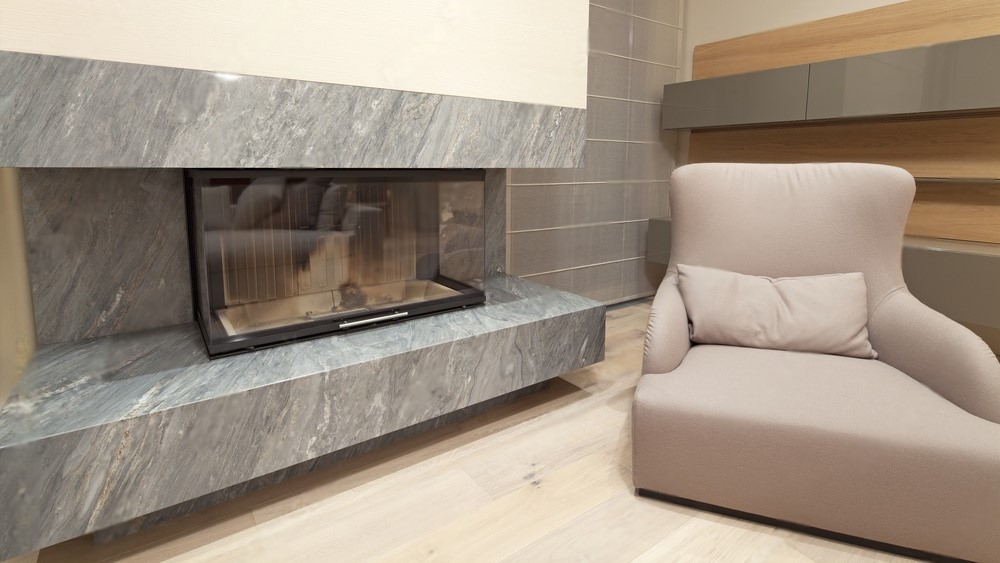
Tough and good-looking, granite is the most popular option for a fireplace surround. That is because of its high durability.
Pros
- Has high heat tolerance
- Extremely scratch resistant, making it hard to chip
- It comes in numerous colors and patterns
Cons
- Requires regular sealing
- It can be expensive depending on the type
Marble
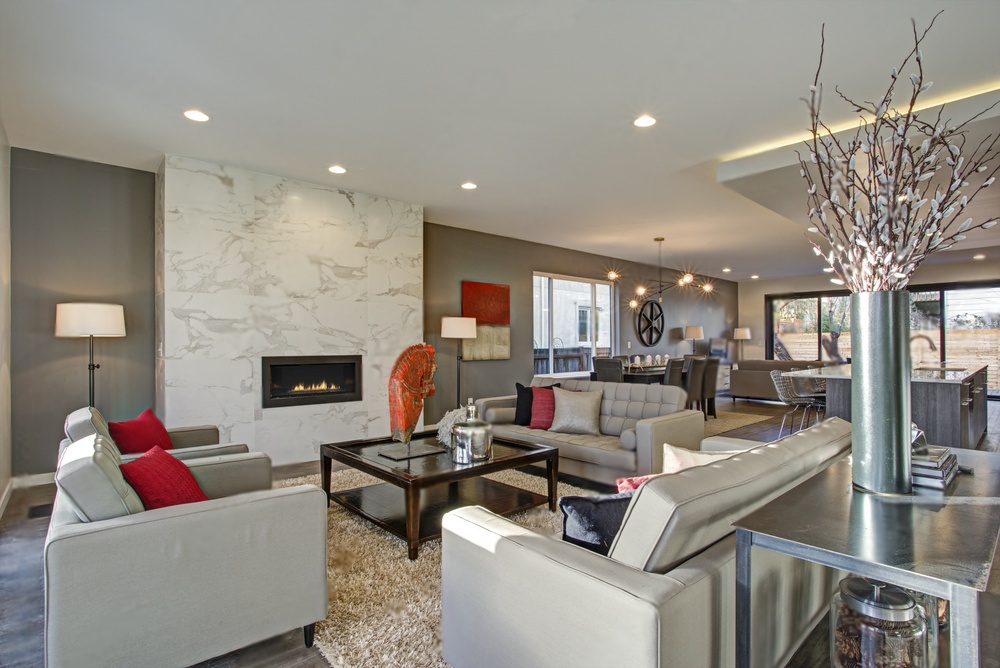
For what marble lacks in durability, it compensates for beauty. If you want an elegant and luxurious look, then marble is the stone to go for. Marble is a remarkable stone since each piece has unique swirls and veins, which makes it a visually striking addition to any space.
Pro
- Each piece has unique veins and swirls
- Heat resistant
- It has an elegant and sophisticated look
Cons
- Pricier than other stones
- Requires regular maintenance since it comes in white and lighter colors
- Easy to stain when not properly maintained
Limestone
Limestone is a perfect stone if you want a light and cozy setting for your fireplace. It comes in earthy colors and has an intriguing texture that adds a rustic touch to your space. Its versatility makes it an ideal fit for both a modern and old-school style design.
Limestone has a high heat tolerance. Nevertheless, it should only be used with electric and gas fireplaces but not wood-burning ones.
Pros
- Highly versatile to fit both modern and traditional style design
- Affordable in comparison to granite and marble.
- Adds a warm and rustic touch to your space
- Available in numerous neutral colors
Cons
- It is porous; hence it requires regular sealing and maintenance
- It is soft, which makes it easy to chip or scratch
Slate
Characterized by an uneven surface, slate can be compared to limestone since it also has a rustic look. It differs from limestone because it is more rigid, more durable, and comes in darker colors. The many color options make Slake suitable for almost any design style. It is more expensive than limestone but slightly cheaper than granite.
Slate is heat resistant, but preferably it should be used on an electric or gas fireplace since the heat from a wood-burning fireplace is too intense.
Pros
- Very durable
- It has a natural rustic look
- Versatile to fit many designs
Cons
- Limited heat resistance
Conclusion
Incorporating a stone surround is an excellent choice when it comes to enhancing the beauty and functionality of your fireplace. Natural stone stands out as the best choice among the various stone options available due to its unmatched visual appeal, versatility, and durability.
Natural stone, such as granite, marble, limestone, and slate, each offers unique advantages and disadvantages.
When choosing the perfect stone for your fireplace surround, you need to consider several factors, such as your desired aesthetic, budget, and maintenance requirements. Making an informed decision will ensure that the stone you choose not only enhances the beauty of your fireplace but also lasts for years to come.
Ultimately, a stone fireplace surround is not just a decorative addition to your home. It is also a long-term investment that adds value to your property. So, whether you opt for the timeless elegance of marble, the durability of granite, the coziness of limestone, or the rustic charm of slate, rest assured that a well-chosen stone surround will not only make your fireplace a focal point of your living space but also add warmth and character to your home for years to come.
Frequently Asked Questions (FAQs)
What is the best stone for a fireplace surround?
Globally, Granite is the most renowned choice for a stone fireplace surround. That is because granite has a high heat tolerance and scratch-resistant surface, making it hard to chip or crack.
What is the ideal width for a fireplace surround?
As a general guideline, the surround should at least extend by three inches on both sides of the fireplace. In most homes, the mantel width is six to twelve inches on average. These dimensions improve the fireplace's efficiency by deflecting the firebox's heat.
Can you waterproof a stone fireplace?
Yes, you can waterproof a stone fireplace using a clear stone sealer.
Is a fireplace surround necessary?
Fireplaces do not require a surround to function, nonetheless, without one where your fireplace sits may look bare and characterless.




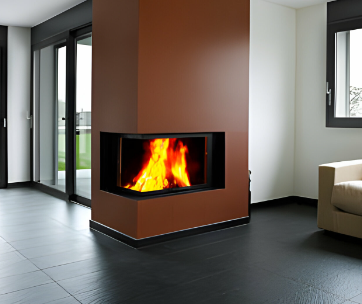
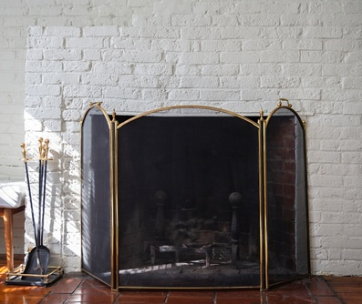
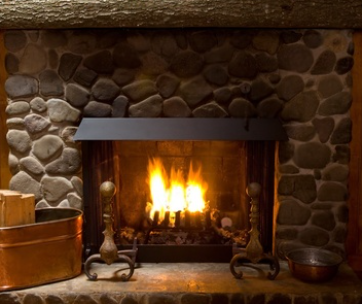
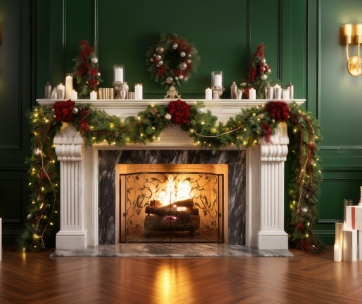
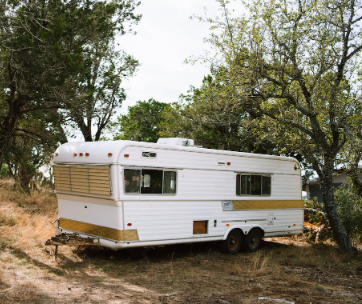
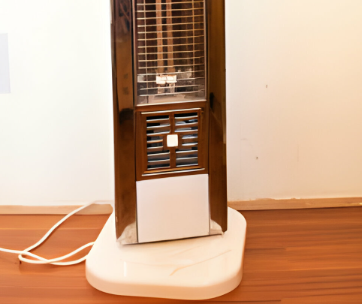
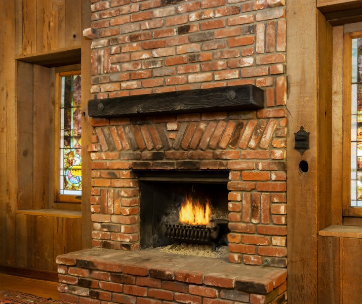
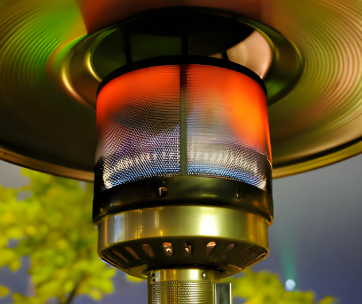
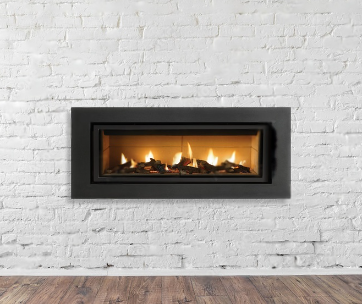
Comments